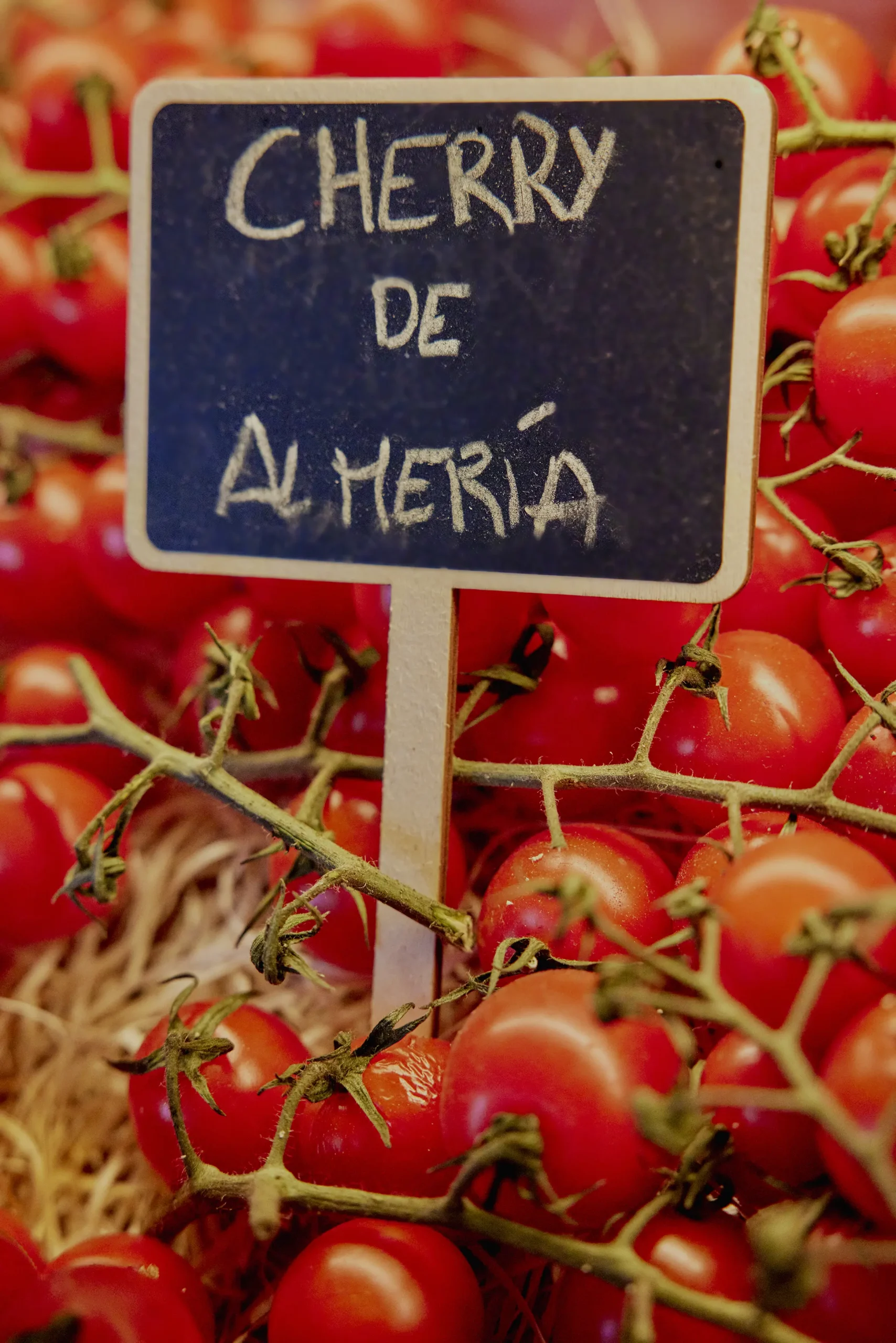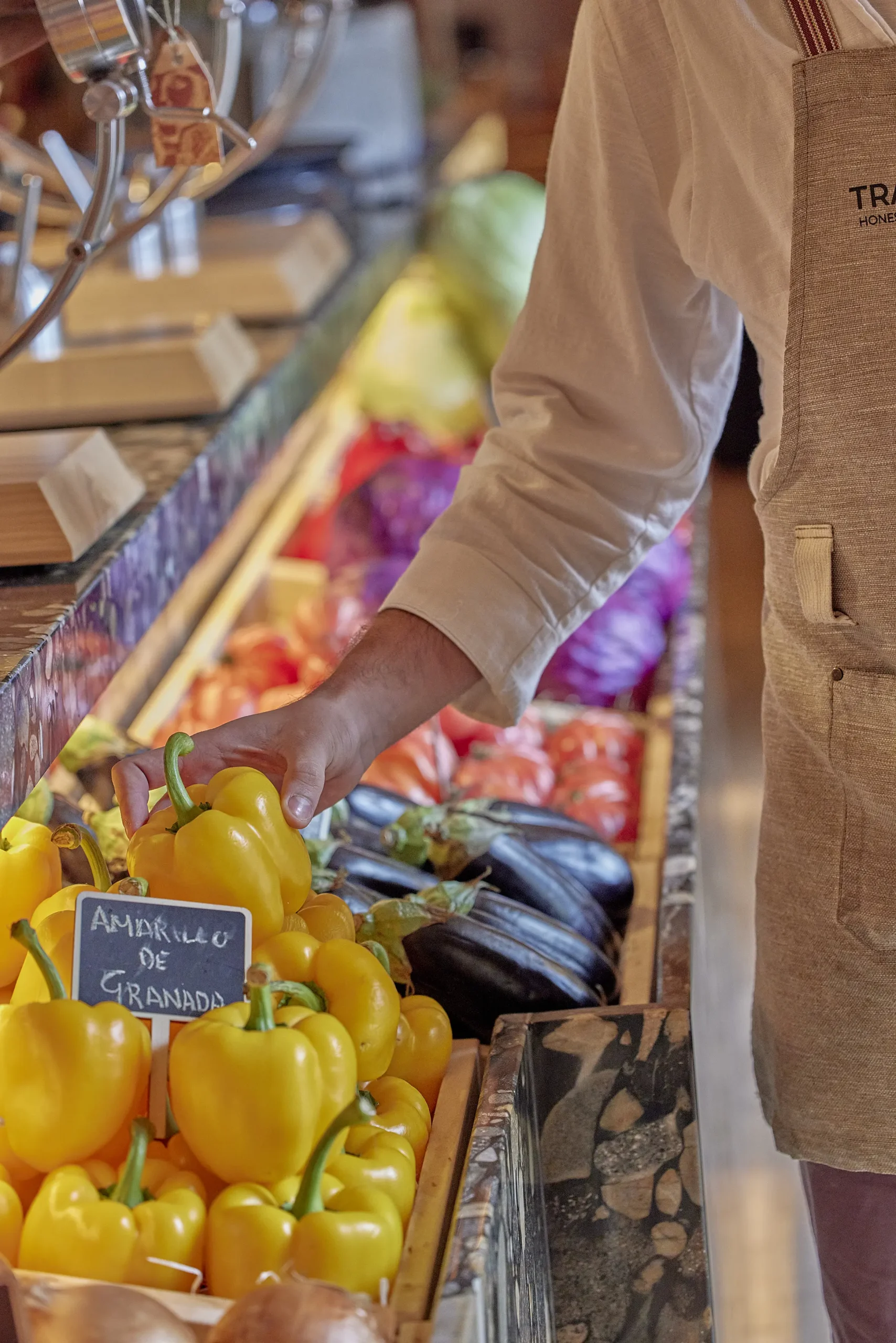Andalusian stews are a rich and appetising culinary manifestation that originates from the region of Andalusia in southern Spain. These dishes reflect the diversity of cultural influences that have converged throughout the region’s history, creating a unique blend of flavours and cooking techniques.
The origins of Andalusian stews can be traced back to ancient Arabic and Roman cuisine, which fused with indigenous ingredients and cooking methods. This heritage manifests itself in iconic dishes such as gazpacho, a refreshing appetizer of tomato, pepper, cucumber and bread, which is served cold and is especially popular in the hot summer months. The use of olive oil, garlic and aromatic herbs is also an obvious influence of Mediterranean cuisine in the region.


One of the most recognisable Andalusian stews may be the chickpea stew. Or a good puchero with its well-known pringá.
Other notable stews in Andalusia include salmorejo, a thick variant of gazpacho served as a spoon dish, and cocido andaluz, a savoury stew of meat, chickpeas and vegetables, which has become a traditional dish in the region.
The abundance of fresh, high quality ingredients is a distinctive feature of Andalusian cuisine. The region has a rich agricultural tradition, producing a wide variety of fruit, vegetables and olive oil. In addition, its coastal location provides access to a wide variety of fresh fish and seafood, which are essential for many Andalusian stews.


Andalusian stews are a sample of the rich culinary heritage that has evolved over the centuries in this beautiful region of southern Spain. The combination of Arabic, Roman and Mediterranean influences, together with fresh ingredients and intense flavours, make Andalusian food a unique and delicious culinary experience that reflects the history and culture of the region. From October you can find a special selection at Tragabuches. In which there is a unique stew per day and other fixed dishes on the menu from Monday to Sunday.
Andalusia feels and tastes like Tragabuches.

